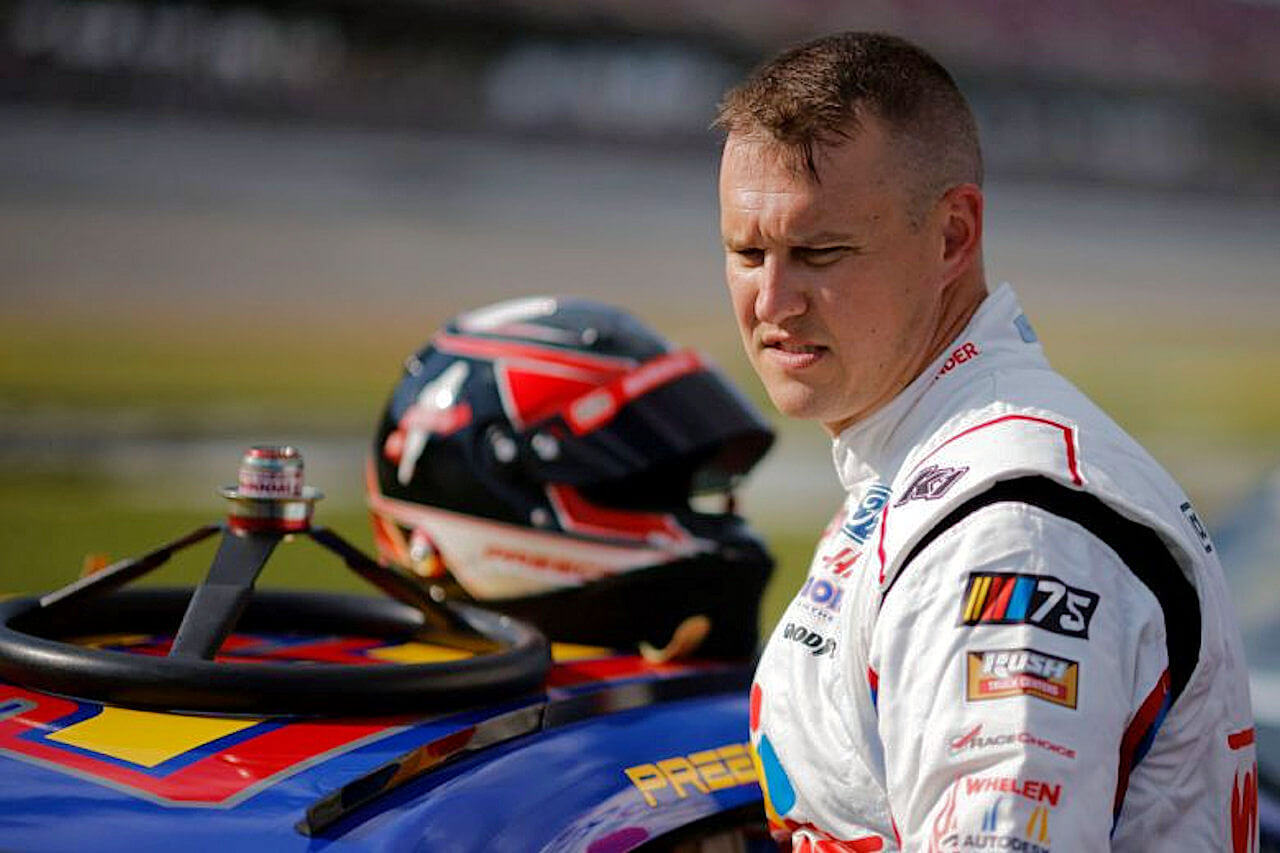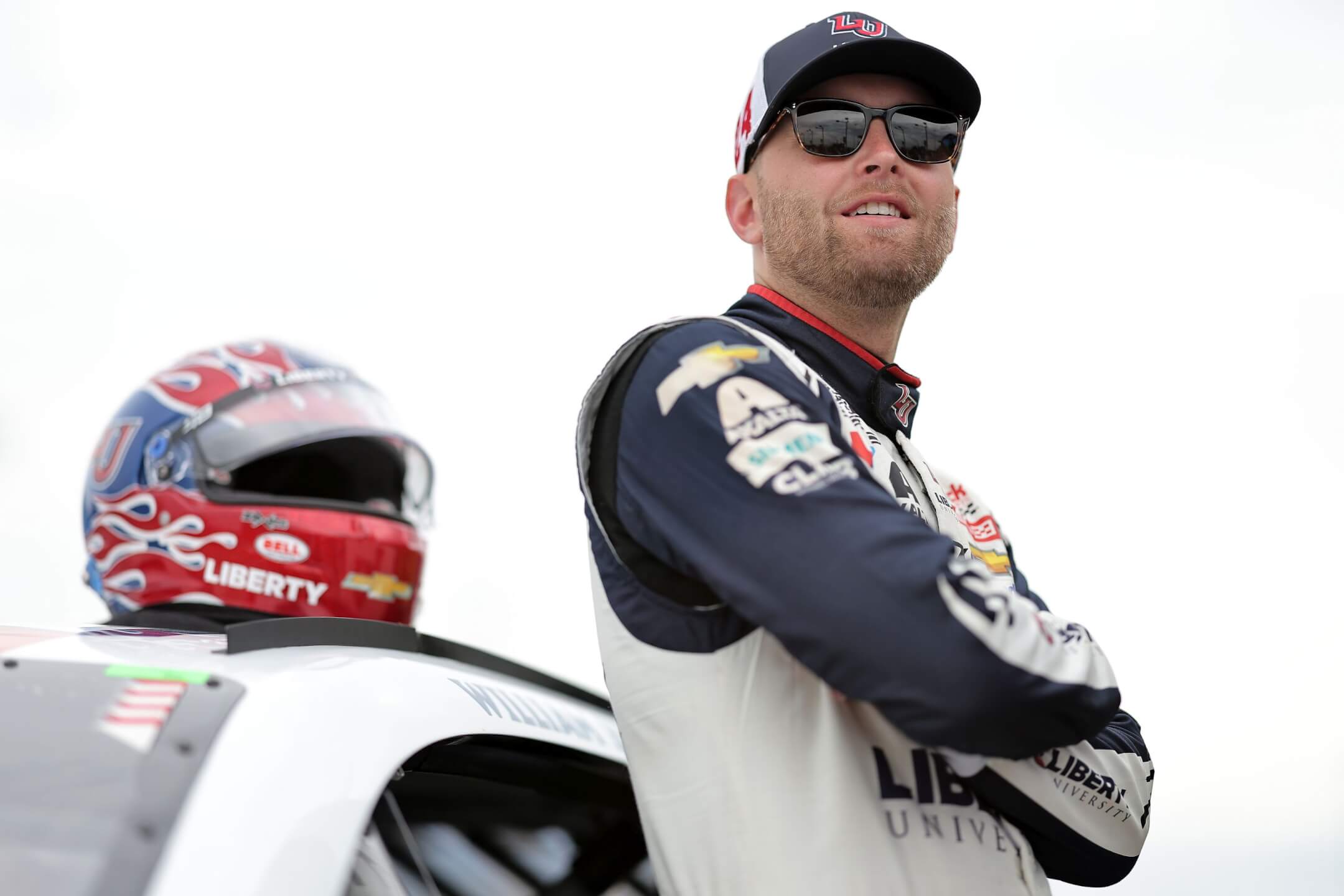Editors Note: Saturday night features part three of CATCHFENCE.com staff writer Lori Tyler exploring traumatic brain injuries in the sport of NASCAR. To read part one, click here or part two here.
 As we have gained knowledge and understanding of the TBI, treatment has substantially improved. Back in the old days, rest in a dark room was generally prescribed to allow the brain time to heal. Now, we recognize that probably isn’t the best way to treat a traumatic brain injury.
As we have gained knowledge and understanding of the TBI, treatment has substantially improved. Back in the old days, rest in a dark room was generally prescribed to allow the brain time to heal. Now, we recognize that probably isn’t the best way to treat a traumatic brain injury.
Today, we recognize that brain injuries benefit from many of the same types of treatment we see in other injuries such as broken bone and connective tissue injuries. While rest is still considered a good treatment alternative, it is usually in the early stages and may be all that is required in instances of mild TBI.
One of the keys to successful healing is a gradual return to normal activities, as resuming normal activity too quickly can produce a recurrence of the symptoms of TBI and delay the process in healing. Therefore, reduced and slow increase in stimulation to the brain is recommended to allow the brain time to readjust to normal activity levels.
Certain medications may be helpful to reduce depression or anxiety, muscle spasms, seizures, or increase the ability to focus or remain alert.
Other treatments may include rehabilitative therapy, which is designed for the same goals we see in providing physical therapy. Rehabilitative therapy for a TBI focuses on physical, emotional and cognitive issues, relearning old skills, or learning ways to replace lost skills. Based on the severity of the injury, these treatments may only be brief, and in other instances, it may be ongoing or intermittent over a longer-term.
Additionally, multiple TBI over the long term can increase the likelihood of developing chronic traumatic encephalopathy, an emerging diagnostic entity that focuses on athletes, military and those that have experienced multiple TBI’s. This condition is a progressive degeneration of the brain and is directly attributed to multiple symptomatic concussions, as well as sub symptomatic concussive hits that do not produce any symptoms.
Dementia and Alzheimer’s Disease are also an increased risk for those that have sustained TBI.
Our drivers are as tough as nails. And while we may see more drivers whose careers are cut short due to TBI, that decision is being made with a knowledge those before them did not have. While treatment has come a long way, what these drivers do is inherently dangerous, and nothing will ever remove the danger in every circumstance.
Furthermore, there is no doubt this generation of drivers has benefitted from the strides made in the treatment and rehabilitation of TBI, as well as the safety measures implemented by NASCAR.
And I fully expect that the next generation will have even better opportunities.
You can reach Lori Tyler at [email protected].
















